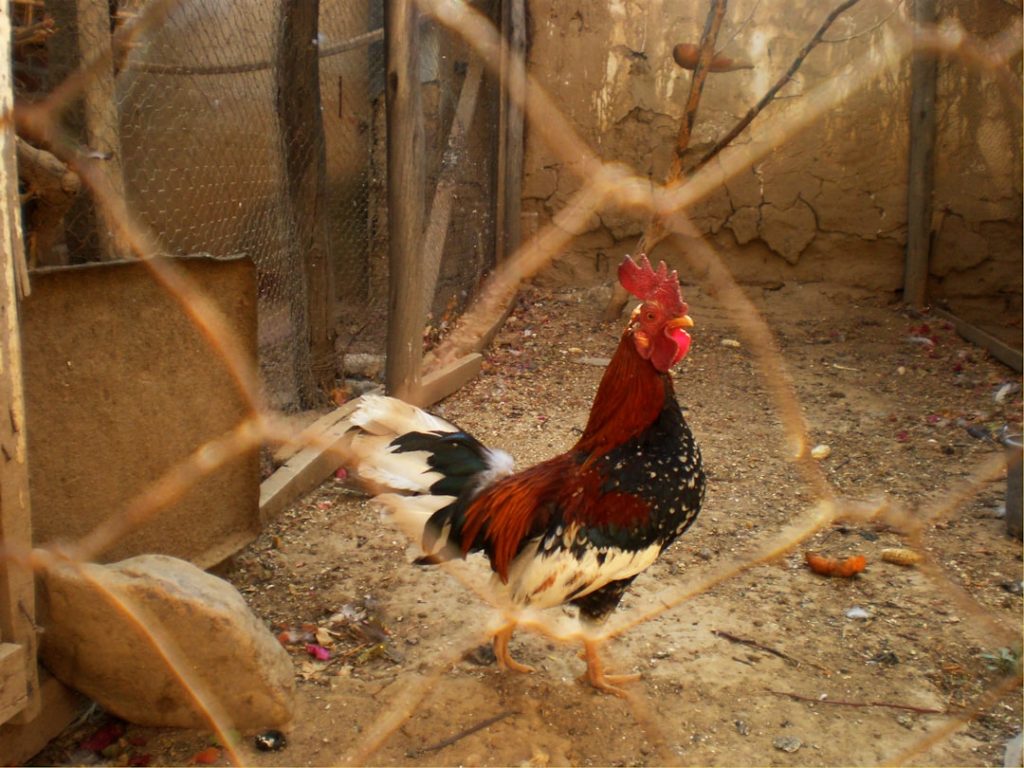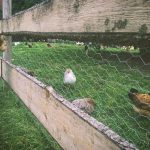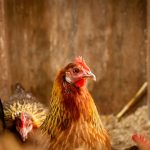Understanding the risks associated with birds roosting on property is essential for effective management. Birds can cause significant damage to buildings and structures through their droppings, which are acidic and corrosive. This can lead to deterioration of building materials, resulting in costly repairs.
Bird droppings also pose health risks, as they can harbor diseases and parasites transmissible to humans. Large numbers of roosting birds can create noise disturbances, potentially disrupting residents or employees. Birds roosting on property can also damage vehicles.
Their droppings can harm car paint and finishes, causing unsightly stains and potentially reducing resale value. In agricultural settings, birds can damage crops, leading to financial losses for farmers. The presence of roosting birds can attract other pests, such as insects and rodents, which are drawn to food sources left behind by birds.
This can exacerbate existing problems, causing additional damage and health risks. Understanding these various risks is crucial for developing a comprehensive plan to address bird roosting issues on a property.
Table of Contents
- 1 Creating a Barrier
- 2 Implementing Deterrents
- 3 Providing Alternative Roosting Spots
- 4 Managing Food Sources
- 5 Regular Maintenance
- 6 Seeking Professional Help
- 7 FAQs
- 7.1 What are some reasons for keeping chickens away from the house?
- 7.2 How far should chickens be kept from the house?
- 7.3 What are some methods for keeping chickens away from the house?
- 7.4 Are there any health concerns associated with keeping chickens near the house?
- 7.5 What are the benefits of keeping chickens away from the house?
Key Takeaways
- Understanding the Risks
- Bird droppings can carry diseases and damage property
- Nesting birds can create noise and mess
- Birds can attract other pests like insects and rodents
- Creating a Barrier
- Use physical barriers like netting or spikes to prevent birds from roosting
- Seal off entry points to prevent birds from nesting in buildings
- Install bird deterrent devices like scarecrows or reflective tape
- Implementing Deterrents
- Use sound deterrents like ultrasonic devices or predator calls
- Use visual deterrents like decoy predators or moving objects
- Apply taste deterrents to surfaces where birds roost
- Providing Alternative Roosting Spots
- Install birdhouses or nesting platforms in nearby trees or poles
- Offer food and water sources away from buildings
- Create a welcoming environment for birds in a designated area
- Managing Food Sources
- Keep outdoor areas clean and free of food scraps
- Use bird feeders with baffles to control access to food
- Store garbage in sealed containers to prevent scavenging
- Regular Maintenance
- Regularly inspect buildings for signs of bird activity
- Clean up bird droppings and nests promptly
- Repair any damage to buildings that may attract birds
- Seeking Professional Help
- Consult with pest control experts for advice and assistance
- Hire professional bird control services for effective and humane solutions
- Follow local regulations and guidelines for bird control measures
Creating a Barrier
Physical Barriers: Bird Spikes and Netting
Bird spikes are designed to deter birds from landing on surfaces by creating an uneven and uncomfortable surface for them to perch on. Netting can be used to cover larger areas and prevent birds from accessing these spaces.
Alternative Physical Barriers
Another option for creating a barrier is to install bird wire or shock tracks, which deliver a mild electric shock to birds when they land on the surface. This can effectively deter birds from roosting on your property without causing harm to them.
Visual Deterrents: A Complementary Approach
In addition to physical barriers, visual deterrents can also be effective in deterring birds from roosting on your property. These can include reflective surfaces, predator decoys, or scare devices that emit sounds or motion to frighten birds away.
By creating a barrier using a combination of physical and visual deterrents, you can effectively discourage birds from roosting on your property.
Implementing Deterrents
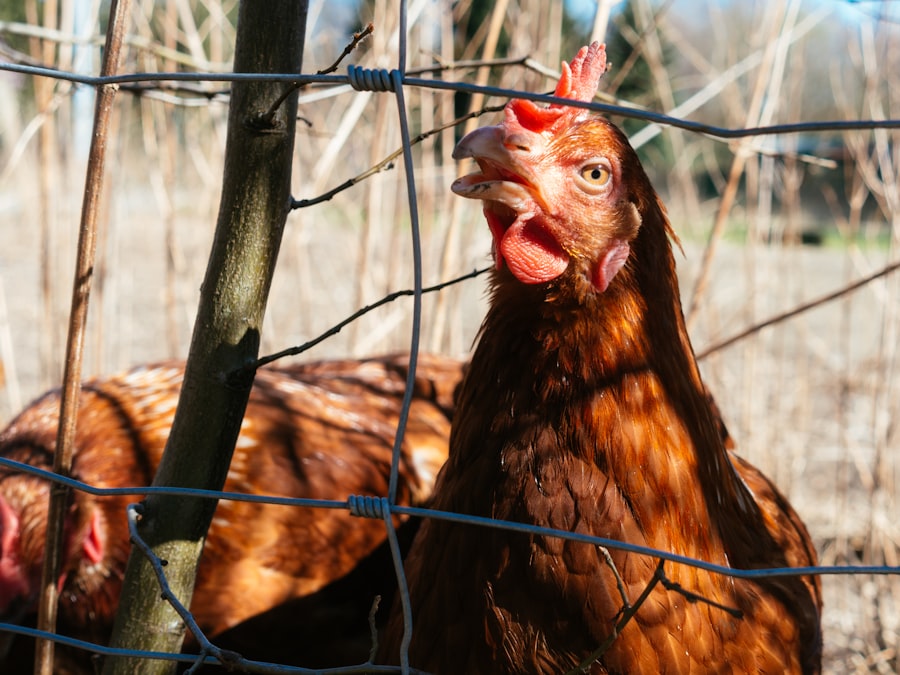
Implementing deterrents is an important step in addressing the issue of birds roosting on your property. One effective deterrent is the use of sound devices that emit distress calls or predator sounds to scare away birds. These devices can be programmed to emit sounds at regular intervals to create a hostile environment for birds, discouraging them from roosting on your property.
Another deterrent is the use of visual repellents, such as reflective tape or balloons, which can create a disorienting and intimidating environment for birds. These visual deterrents can be effective in deterring birds from roosting on your property without causing harm to them. In addition to sound and visual deterrents, scent deterrents can also be effective in repelling birds.
Certain scents, such as citrus or peppermint, are known to be unpleasant to birds and can be used to discourage them from roosting on your property. By implementing a combination of deterrents, you can create an environment that is unappealing to birds and reduce the risks associated with their presence.
Providing Alternative Roosting Spots
Providing alternative roosting spots for birds can help redirect their presence away from your property. This can be done by installing birdhouses or nesting boxes in nearby areas where birds are less likely to cause damage or disturbances. By providing alternative roosting spots, you can help mitigate the risks associated with birds roosting on your property while still allowing them to find suitable habitats.
Another option for providing alternative roosting spots is to create designated areas with bird-friendly features, such as perches or feeding stations, where birds can gather without causing damage or disturbances. By providing these alternative roosting spots, you can help manage the presence of birds in a way that is beneficial for both the birds and your property. In addition to providing alternative roosting spots, it is important to ensure that these areas are maintained and monitored regularly to prevent overcrowding and potential issues with pests or diseases.
By providing alternative roosting spots for birds, you can help manage their presence in a way that is sustainable and beneficial for both the birds and your property.
Managing Food Sources
Managing food sources is an important aspect of addressing the issue of birds roosting on your property. Birds are attracted to areas with abundant food sources, such as open garbage bins, outdoor dining areas, or agricultural fields. By managing these food sources, you can help reduce the attractiveness of your property to birds and discourage them from roosting in these areas.
One way to manage food sources is by securing garbage bins and dumpsters with tight-fitting lids to prevent access by birds. This can help reduce the availability of food for birds and discourage them from roosting on your property. In addition, it is important to clean up any spilled food or debris regularly to further reduce the attractiveness of your property to birds.
Another way to manage food sources is by implementing bird feeders in designated areas away from buildings and structures. By providing a consistent source of food in these designated areas, you can help redirect the presence of birds away from areas where they may cause damage or disturbances. By managing food sources effectively, you can help reduce the risks associated with birds roosting on your property.
Regular Maintenance
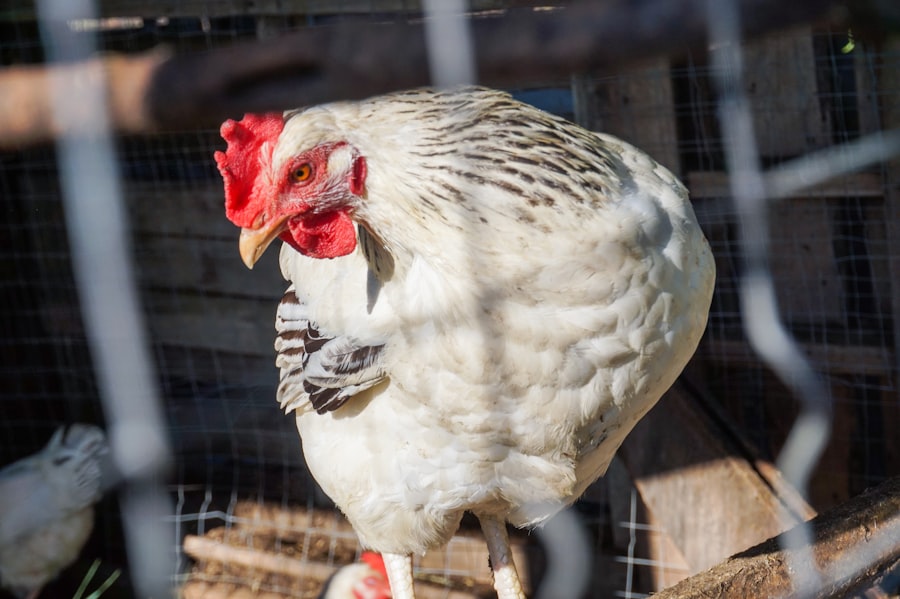
Preventing Bird Droppings and Associated Risks
By conducting regular maintenance, you can help prevent the buildup of bird droppings and reduce the risks associated with their presence. In addition to building maintenance, it is important to regularly clean up bird droppings and debris from roosting areas. This can help prevent the accumulation of droppings, which can be unsightly and pose health risks.
Mitigating Risks and Monitoring Effectiveness
Regular cleaning and maintenance of roosting areas can help mitigate the risks associated with birds roosting on your property. Furthermore, regular maintenance also includes monitoring the effectiveness of deterrents and alternative roosting spots. It is important to assess whether these measures are effectively managing the presence of birds and make adjustments as needed.
Ensuring Effective and Sustainable Solutions
By conducting regular maintenance, you can help ensure that your efforts to address the issue of birds roosting on your property are effective and sustainable.
Seeking Professional Help
Seeking professional help is important in addressing the issue of birds roosting on your property. Professional pest control companies have the expertise and resources to assess the situation and develop a comprehensive plan to manage the presence of birds effectively. They can provide guidance on the most appropriate deterrents and alternative roosting spots for your specific property and help implement these measures effectively.
In addition, professional pest control companies have access to specialized equipment and products that are designed specifically for managing bird populations. This includes humane trapping and relocation methods that comply with local regulations and ethical standards. By seeking professional help, you can ensure that the measures taken to address the issue of birds roosting on your property are effective and humane.
Furthermore, professional pest control companies can provide ongoing monitoring and maintenance services to ensure that the presence of birds is managed effectively over time. This includes regular inspections and adjustments to deterrents and alternative roosting spots as needed. By seeking professional help, you can benefit from their expertise and resources in managing the presence of birds on your property.
In conclusion, understanding the risks associated with birds roosting on your property is essential in order to develop a comprehensive plan to address the issue effectively. Creating a barrier using physical and visual deterrents can help prevent birds from roosting in areas where they may cause damage or disturbances. Providing alternative roosting spots and managing food sources can help redirect the presence of birds in a way that is sustainable and beneficial for both the birds and your property.
Regular maintenance is important in managing the presence of birds over time, while seeking professional help can provide access to expertise and resources for effective management of bird populations. By taking these measures, you can effectively address the issue of birds roosting on your property and mitigate the associated risks.
If you’re looking for more information on keeping chickens away from your house, you might also be interested in learning about the mating season for ducks. Check out this article on when duck mating season occurs to better understand the behavior of ducks and how it may impact your property.
FAQs
What are some reasons for keeping chickens away from the house?
Chickens can cause damage to property, create noise and odor, and attract pests such as rodents. Keeping them away from the house can help mitigate these issues.
How far should chickens be kept from the house?
It is recommended to keep chickens at least 25-30 feet away from the house to minimize the negative impact on the property and residents.
What are some methods for keeping chickens away from the house?
Some methods include using fencing to create a designated chicken area, using natural deterrents such as plants or herbs that chickens dislike, and providing alternative attractions such as dust baths and foraging areas away from the house.
Are there any health concerns associated with keeping chickens near the house?
Chickens can carry diseases such as salmonella, so keeping them away from the house can reduce the risk of contamination and potential health issues for residents.
What are the benefits of keeping chickens away from the house?
Keeping chickens away from the house can help maintain a cleaner and more pleasant living environment, reduce the risk of property damage, and minimize potential health and safety concerns for residents.
Meet Walter, the feathered-friend fanatic of Florida! Nestled in the sunshine state, Walter struts through life with his feathered companions, clucking his way to happiness. With a coop that’s fancier than a five-star hotel, he’s the Don Juan of the chicken world. When he’s not teaching his hens to do the cha-cha, you’ll find him in a heated debate with his prized rooster, Sir Clucks-a-Lot. Walter’s poultry passion is no yolk; he’s the sunny-side-up guy you never knew you needed in your flock of friends!

